1. Cody, Wyoming
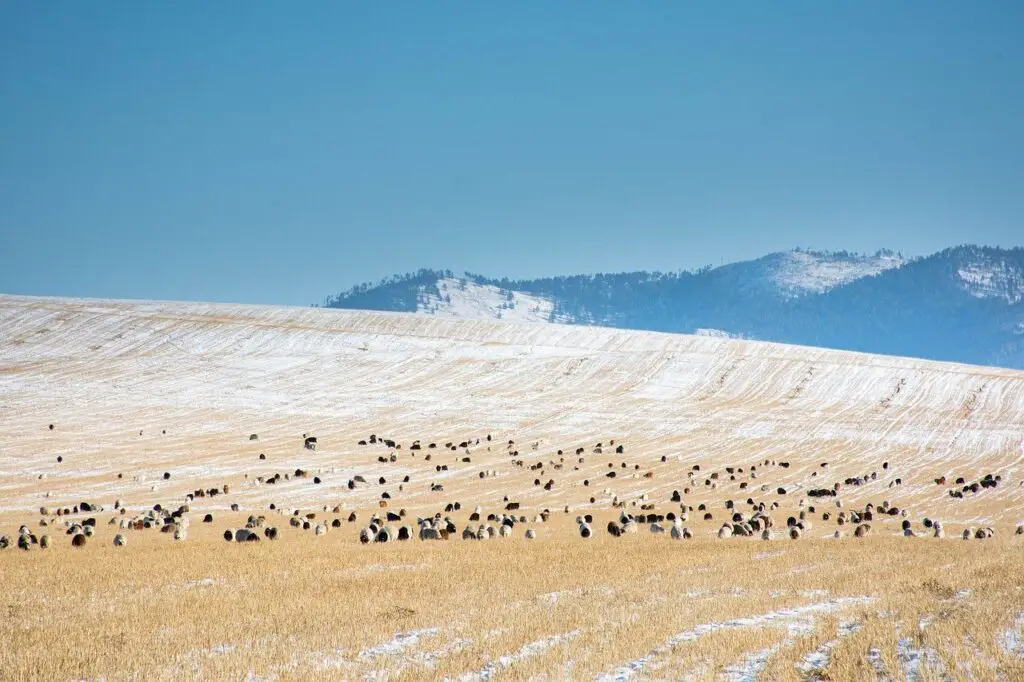
Cody, Wyoming, is a town that seems to have frozen in time, heavily influenced by its Old West history and proximity to Yellowstone National Park. Known for its cowboy culture, rustic charm, and historic landmarks, Cody is a place where you expect to see cowboys, wide-open spaces, and wildlife wandering freely. However, as much as this town embraces its past, its wildlife is increasingly at risk. The surrounding wilderness, home to animals like bison, grizzly bears, and wolves, faces the growing pressure of development and tourism, especially since Cody serves as a gateway to Yellowstone. According to The Nature Conservancy, these species are finding it harder to roam freely as new roads and infrastructure disrupt their migration routes.
Despite the town’s rustic exterior, the modern-day challenges it faces, such as human-wildlife conflict and land fragmentation, are growing more urgent. Wildlife that was once abundant in these areas now faces fewer places to thrive. With growing tourism in the region, animals like bears often venture into town looking for food, putting both the animals and humans at risk. Cody’s appeal as a tourist destination presents a delicate balance between maintaining its historic charm and tackling the evolving environmental issues that threaten its wildlife. As the town evolves, it must confront these issues head-on to protect the wildlife that has long called this rugged landscape home.
2. Shasta, California
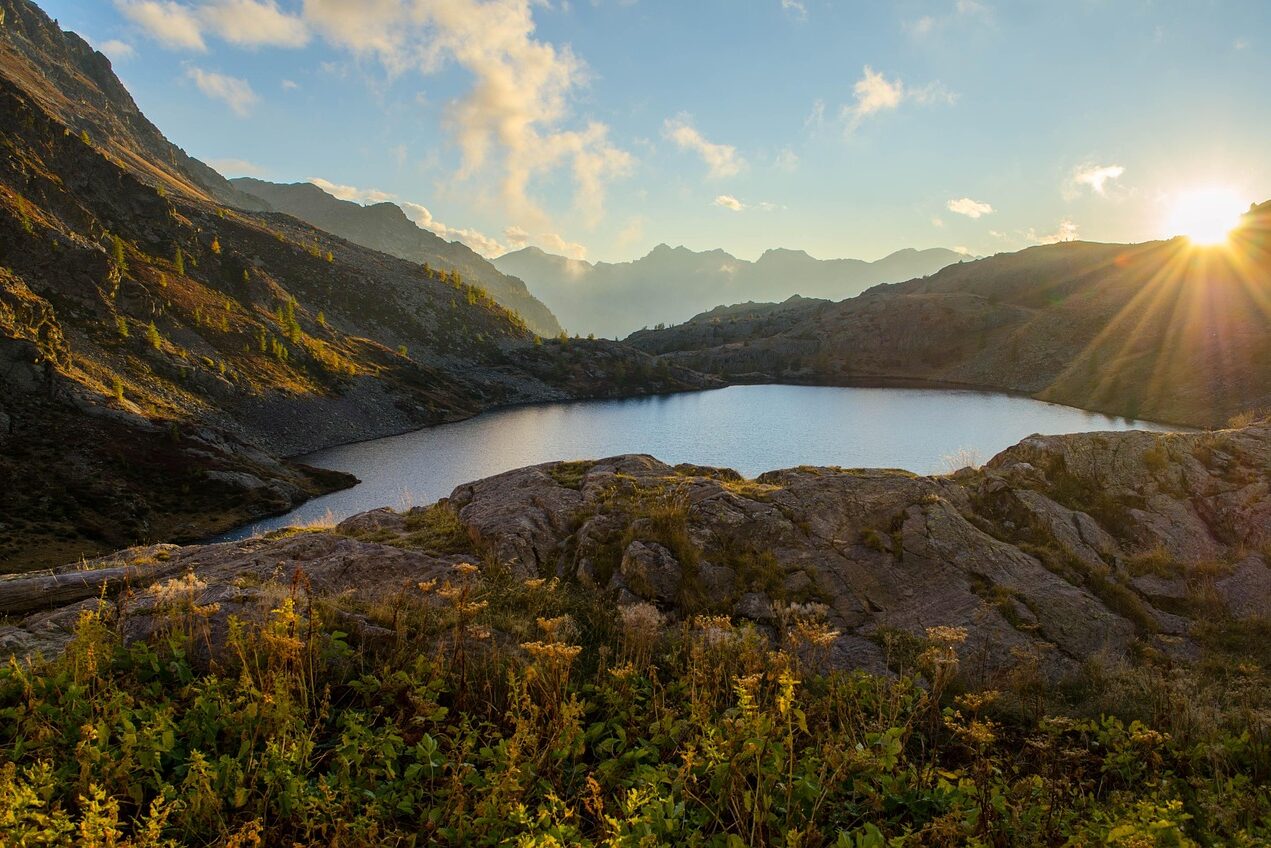
Shasta, located in Northern California, has a quiet charm, surrounded by mountains and forests that create the perfect atmosphere for a retreat into nature. The town, with its small-town feel and laid-back lifestyle, seems to be stuck in a time when life was simpler and nature was more abundant. However, the forests around Shasta are being encroached upon by human development, threatening the wildlife that once thrived there. Species like the Northern spotted owl and black bears are finding their habitats increasingly fragmented as logging and urban sprawl take over. As noted by The Nature Conservancy, what was once a vast wilderness filled with wildlife is shrinking rapidly, leaving these creatures to adapt to smaller, more isolated spaces.
The town of Shasta has a strong sense of history, and much of the community resists the modernization seen in nearby cities. But this resistance to change has meant that conservation efforts have lagged behind, and wildlife populations are suffering as a result. As the landscape continues to be altered for agriculture, logging, and housing developments, animals are being pushed into tighter corners, unable to roam freely like they once did. Shasta’s sense of timelessness is beautiful, but it is also contributing to the growing environmental challenges that its wildlife faces. If the town doesn’t adapt its approach to conservation, the wildlife that made Shasta unique could soon become a distant memory.
3. Cannon Beach, Oregon
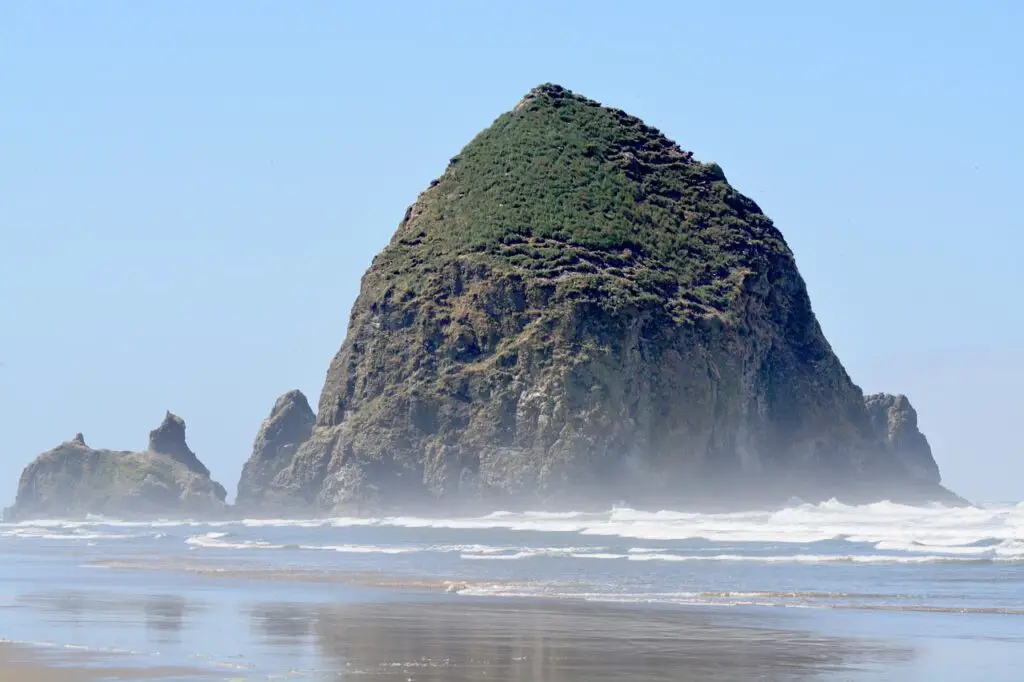
Cannon Beach is a picturesque coastal town known for its stunning beaches and towering sea stacks, attracting visitors from all over. The town has an old-fashioned, seaside charm that feels like stepping back in time. However, the wildlife that calls this area home is in peril. According to the City of Cannon Beach, Cannon Beach is situated on the Pacific coastline, home to marine life like sea otters, harbor seals, and migrating whales. Unfortunately, coastal development and pollution are making life difficult for these creatures. The once-pristine coastline is now at risk of erosion, and marine species are being forced further from shore in search of food and safe resting areas. The town’s beauty remains, but its ecosystems are slowly deteriorating due to human activity.
While the town maintains its timeless appeal, the environmental impact of tourism and coastal development is undeniable. The influx of visitors each year brings with it pollution, both from human waste and increased boat traffic, which disrupt marine life. The very aspects of Cannon Beach that make it a beloved destination for tourists are the same things contributing to the decline of its natural habitat. As the town’s economy continues to rely on tourism, it will be increasingly difficult to preserve the wildlife that makes Cannon Beach so special. Without a concerted effort to address these issues, the wildlife of this iconic coastal town may no longer thrive as it once did.
4. Bisbee, Arizonag
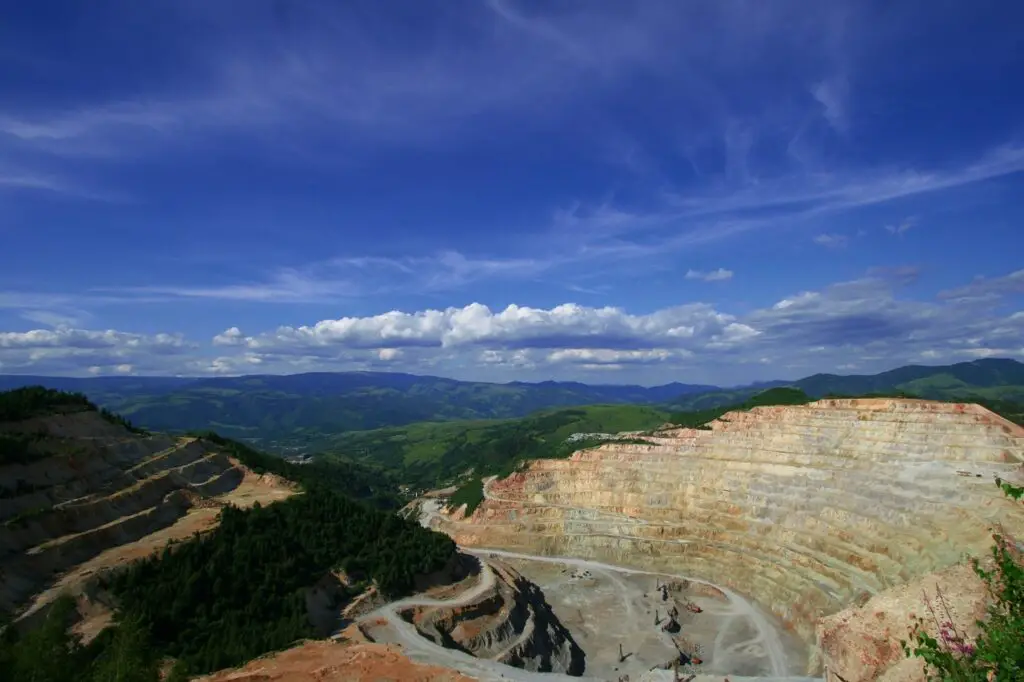
Bisbee, Arizona, is an old mining town with a quirky, artsy vibe that seems untouched by modernity. The town’s narrow, winding streets and historic architecture create a feeling that time has stood still. Yet, the wildlife that surrounds this area is facing rapid changes, particularly in the surrounding desert landscapes. The once-thriving desert habitats for species such as the Sonoran pronghorn, javelinas, and various reptiles are shrinking due to urban sprawl and climate change. According to CBS News, the area’s dwindling water sources and growing development pressures make it harder for these species to find suitable homes. Bisbee’s connection to its past might preserve its charm, but it also means that the community struggles to address the evolving environmental crises that threaten its wildlife.
While Bisbee has done its best to embrace sustainability in recent years, its long history of mining has left scars on the land that are difficult to undo. The balance between protecting its artistic heritage and addressing the environmental challenges of the present is a tough one to strike. As the town experiences an influx of newcomers and tourism, the pressures on its delicate desert ecosystem grow. Bisbee’s wildlife is being pushed to the brink, with fewer places to thrive in the face of growing human encroachment. It’s clear that, without proper conservation efforts, the wildlife that has historically called Bisbee home could soon become a rare sight, just like the town’s historic buildings.
5. Hudson, New York
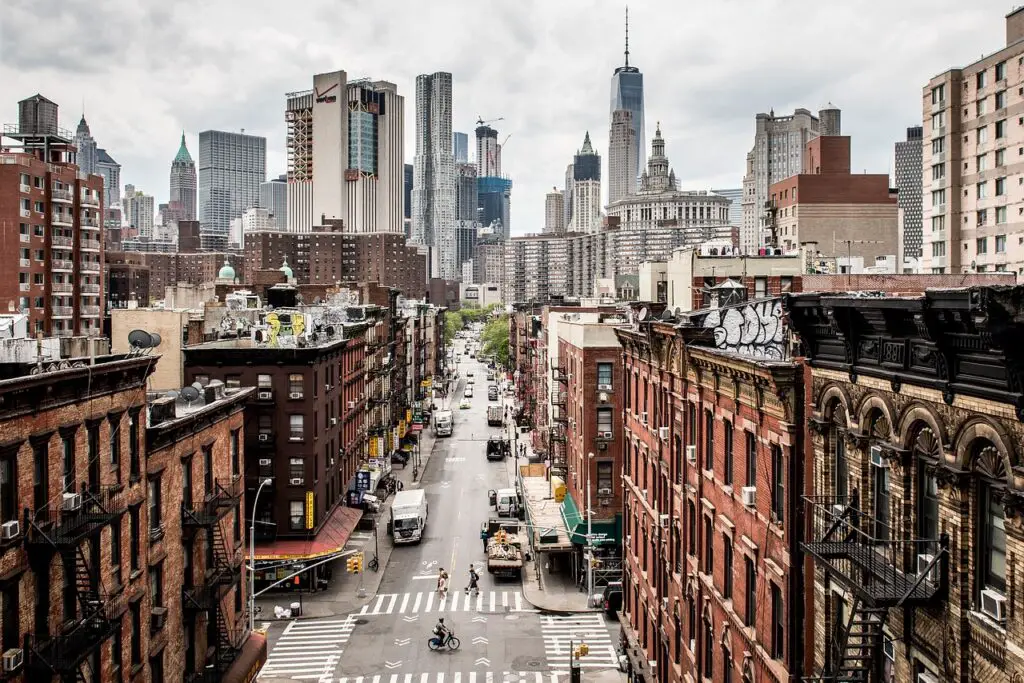
Hudson, New York, is a small town steeped in history and scenic beauty. Its charming streets and colonial-era buildings give the town a timeless feel. However, the wildlife in the region faces the negative effects of urban sprawl and agricultural encroachment. Once-vibrant ecosystems, including forests and wetlands, have been replaced with developments and farmland, reducing habitats for species like the Eastern meadowlark and the American kestrel. While Hudson’s historic appeal remains, its wildlife population is dwindling as urban expansion limits the natural spaces they need to thrive. The New York Natural Heritage Program highlights that the town has largely embraced its historical roots, but that attachment to the past means it has been slow to adapt to the changing environmental landscape.
Efforts to preserve Hudson’s green spaces have been made, but they often fall short in the face of increasing demand for housing and development. The nearby farmlands, which once supported a wide range of species, are being replaced by suburban sprawl. As more of these wild areas disappear, animals are being forced into smaller and smaller pockets of land, making it harder for them to survive. Hudson’s deep connection to its historical charm is both its strength and its weakness. While it’s important to preserve its past, the future of the town’s wildlife depends on how it adapts to the environmental challenges of the present.
6. Del Mar, California
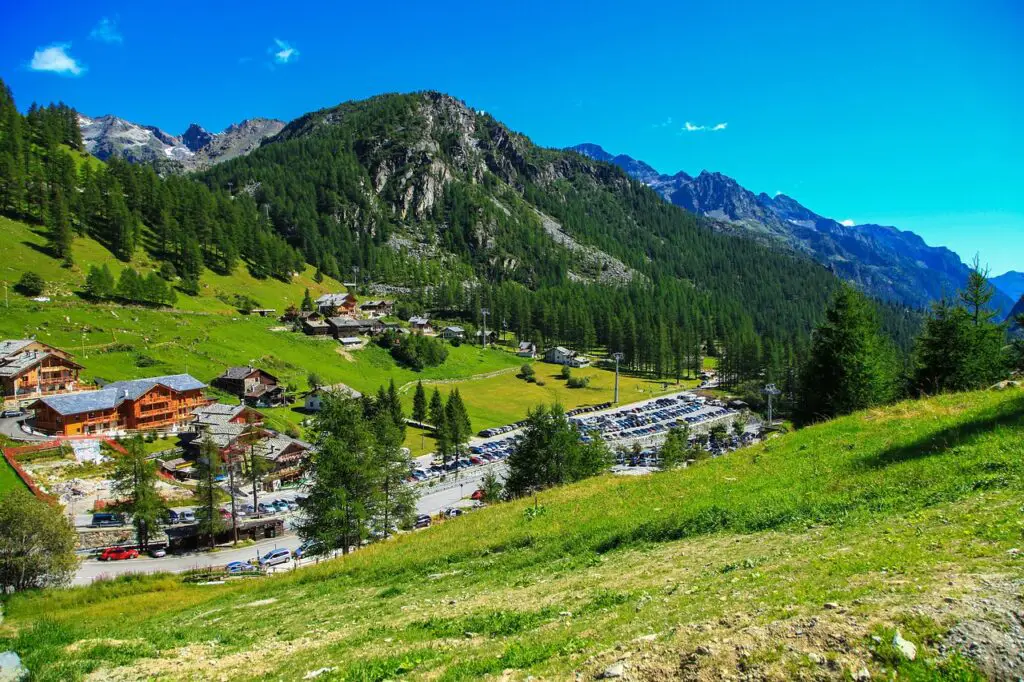
Del Mar, California, is known for its beautiful beaches, surf culture, and a general sense of old-fashioned coastal living. The town’s sleepy, almost timeless feel makes it a favorite spot for those looking to escape the rush of modern life. However, the marine and coastal wildlife around Del Mar is increasingly at risk. Species like the California sea lion and the endangered Western snowy plover are struggling to survive as coastal development and rising sea levels erode their habitats. As the coastline shifts and human development continues, these animals are pushed further out to sea, and the once-pristine beaches of Del Mar become more crowded with both people and urban infrastructure.
Though Del Mar has long been a sanctuary for coastal wildlife, its increasing popularity as a tourist destination has led to greater strain on its environment. The town’s beautiful beaches and coastal areas are becoming less hospitable for wildlife, as human activity disrupts the delicate balance of nature. Without more sustainable development practices and stricter environmental protections, the wildlife that has long called Del Mar’s beaches home may soon disappear. The town’s timeless appeal is being overshadowed by the environmental challenges of maintaining its beauty while preserving its wildlife.
Click here for more stories like this
7. Mendocino, California
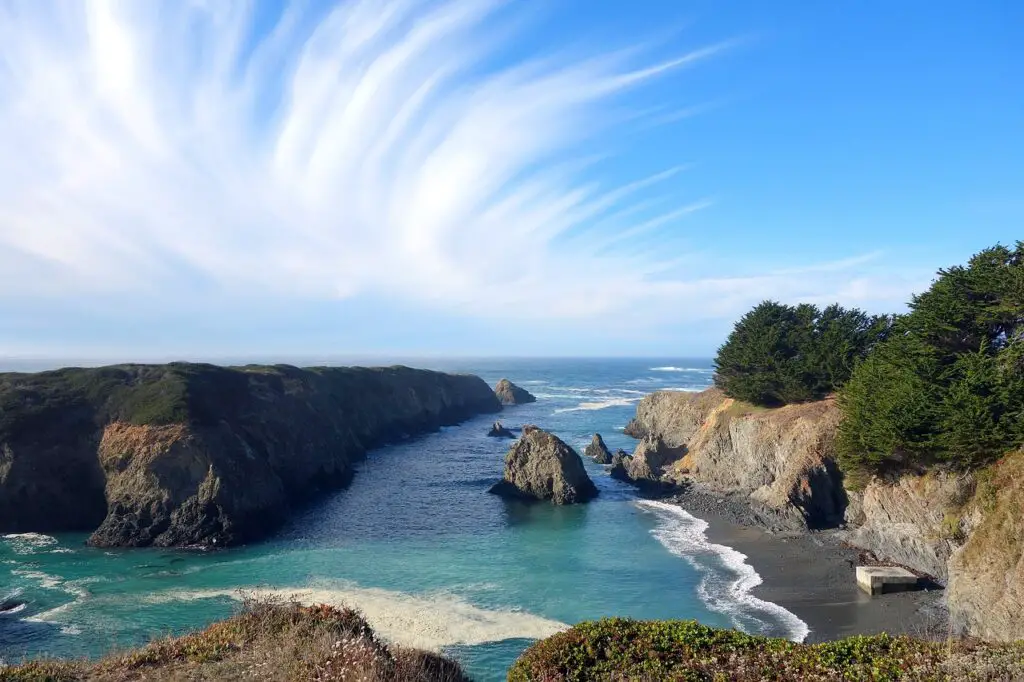
Mendocino, located on the rugged coast of Northern California, offers a unique blend of historic charm and natural beauty. Known for its stunning cliffs, coastal forests, and quiet, almost forgotten atmosphere, Mendocino seems untouched by the modern world. Yet, its wildlife faces increasing threats as the town’s popularity grows. Coastal species like the California condor, harbor seals, and the endangered coho salmon are struggling to survive due to habitat loss, pollution, and climate change. The town, though still maintaining much of its original character, is facing challenges in protecting the natural landscapes that attract both visitors and wildlife.
The community of Mendocino has made efforts to preserve its natural surroundings, but the growing pressures of tourism and development have made it increasingly difficult to protect its wildlife. The increasing number of visitors each year puts stress on local ecosystems, and as climate change accelerates, Mendocino’s once-pristine coastlines and forests become more vulnerable. The town may have a deep connection to its historic roots, but its wildlife is increasingly unable to adapt to the pressures of modern-day demands. Mendocino’s future as a sanctuary for both people and wildlife depends on how it handles the inevitable changes of the future without sacrificing its natural beauty.
8. Marfa, Texas
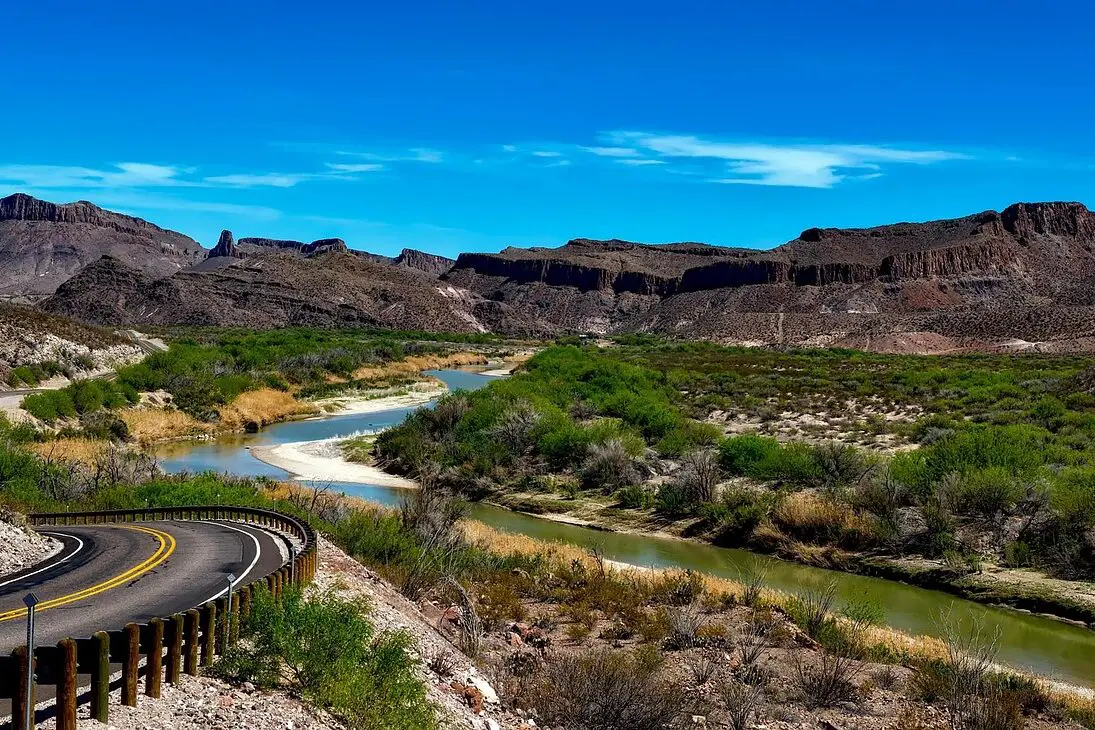
Marfa, Texas, is an artsy, isolated desert town known for its minimalist art galleries and the mysterious Marfa Lights. Its unique, out-of-time atmosphere gives it a nostalgic, almost mystical feel, but the wildlife that thrives in the surrounding desert is facing serious challenges. Species like the black-tailed jackrabbit, the Texas horned lizard, and desert tortoises are all struggling with disappearing habitats as the desert continues to dry up and human development encroaches. Marfa, though seemingly untouched by modern conveniences, is home to a fragile ecosystem that is becoming more difficult for wildlife to survive in.
Despite its slow pace of life, the environmental challenges that Marfa faces are hard to ignore. The surrounding desert is becoming more arid due to climate change, and water sources are drying up. The continued urbanization of surrounding areas and the expansion of agriculture are pushing wildlife further away from their natural habitats. Marfa’s sense of isolation and timelessness only adds to the urgency of addressing these environmental issues. If the town is to continue being a sanctuary for both its residents and wildlife, it must find ways to adapt its way of life to the changing landscape.
9. Eureka Springs, Arkansas
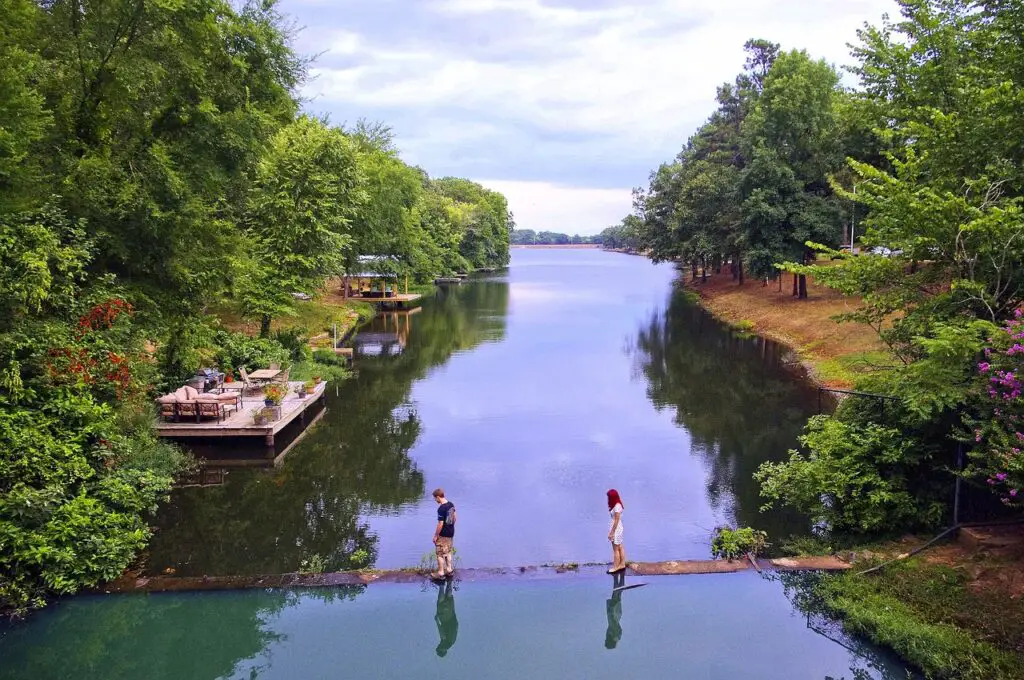
Eureka Springs, Arkansas, is a picturesque town nestled in the Ozarks, known for its preserved Victorian architecture and winding streets. This quirky little town has a unique, almost magical feel, with its creaky wooden houses and lush surrounding forests. However, the wildlife around Eureka Springs is facing a different reality. Species such as the Ozark Hellbender salamander, Eastern wild turkeys, and various types of songbirds are struggling to find enough space to thrive. Development pressures, combined with increased tourism, are encroaching on the forested areas that these animals rely on. The once-vibrant ecosystems around Eureka Springs are shrinking as more and more green spaces are being developed into tourist attractions and private homes.
While the town’s community is committed to preserving its historic charm, the natural spaces that attract people to Eureka Springs are being put at risk. Habitat loss due to construction, along with the pollution and human-wildlife conflicts that come with an influx of visitors, have created a challenging situation for the local wildlife. Without strong conservation efforts, the wildlife that makes the region so special may not be able to survive in the long term. The town’s timeless appeal is, unfortunately, not immune to the environmental pressures that come with increased human activity, and unless more sustainable practices are put in place, the forests and animals of Eureka Springs could fade away.
10. Saratoga Springs, New York
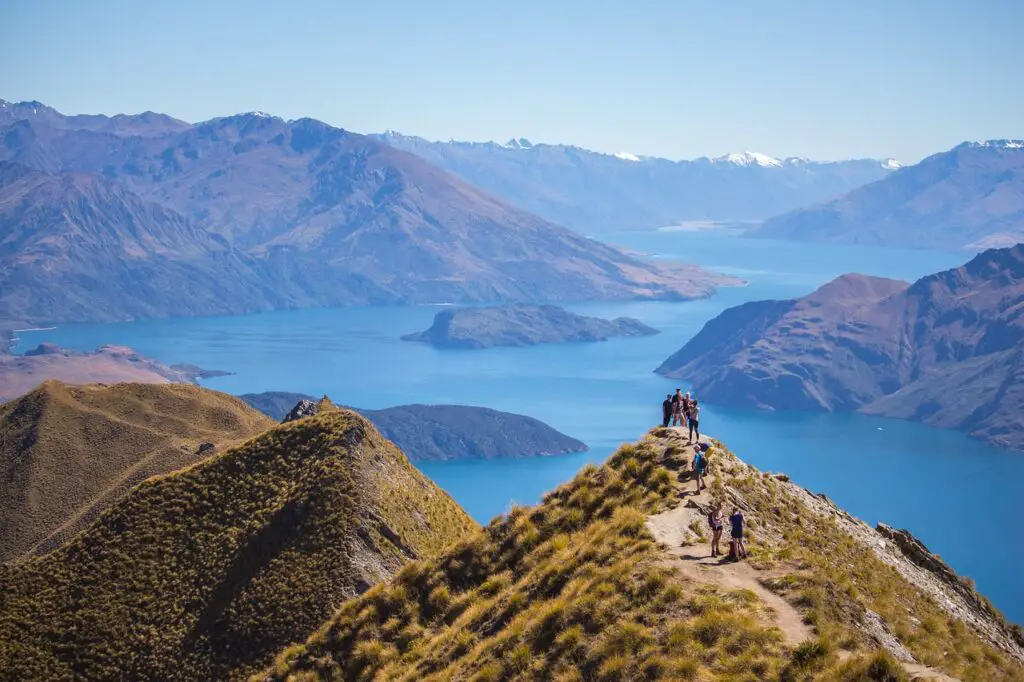
Saratoga Springs is a charming town in upstate New York, famous for its natural mineral springs, historic horse races, and beautifully manicured parks. Its quaint atmosphere, full of grand architecture and leafy streets, feels like stepping into a time when life was slower and simpler. However, while the town seems to remain untouched by the hustle and bustle of modern life, the wildlife surrounding Saratoga Springs is under increasing pressure. Deer, beavers, and a variety of bird species have long called the area home, but rapid suburban sprawl and overdevelopment threaten to disrupt their habitats. The wetlands and forests that once provided shelter to these creatures are rapidly disappearing, replaced by new developments and housing projects.
As the town attracts wealthier residents and more tourists, its ecological balance begins to shift. The local wildlife has adapted to the changing environment for years, but the increasing urbanization of Saratoga Springs makes it harder for these animals to find suitable space. The charming parks and natural spaces that draw visitors are now under threat, and unless the community works to implement better conservation policies, Saratoga Springs risks losing the very wildlife that makes its environment so special. The challenge now lies in how to maintain its historical charm while adapting to the changing needs of nature and wildlife preservation.
11. Grand Marais, Minnesota

Grand Marais, Minnesota, is a remote lakeside town that has become known for its artistic community and proximity to the Boundary Waters Canoe Area Wilderness. With its stunning views of Lake Superior and an abundance of forests, it feels like a place where nature still reigns supreme. However, the wildlife around Grand Marais is facing significant challenges as climate change and development begin to take their toll on the area. Species like the lynx, white-tailed deer, and various fish species are being impacted by shifts in weather patterns and diminishing resources. The pristine lakes and forests that have long supported these species are becoming more vulnerable due to the changing climate and the steady encroachment of human activity.
While Grand Marais may feel like a step back in time with its isolated, small-town charm, the environmental pressures in the area are undeniable. The town relies heavily on the surrounding wilderness for tourism, but as the effects of climate change become more apparent, this delicate balance is at risk. The region’s wilderness, which provides not only economic support but also vital habitats for local wildlife, needs stronger protection and sustainable management practices. If Grand Marais is to maintain its reputation as a haven for wildlife and nature, the town must make efforts to preserve the wilderness areas surrounding it before they disappear.
12. Fayetteville, Arkansas
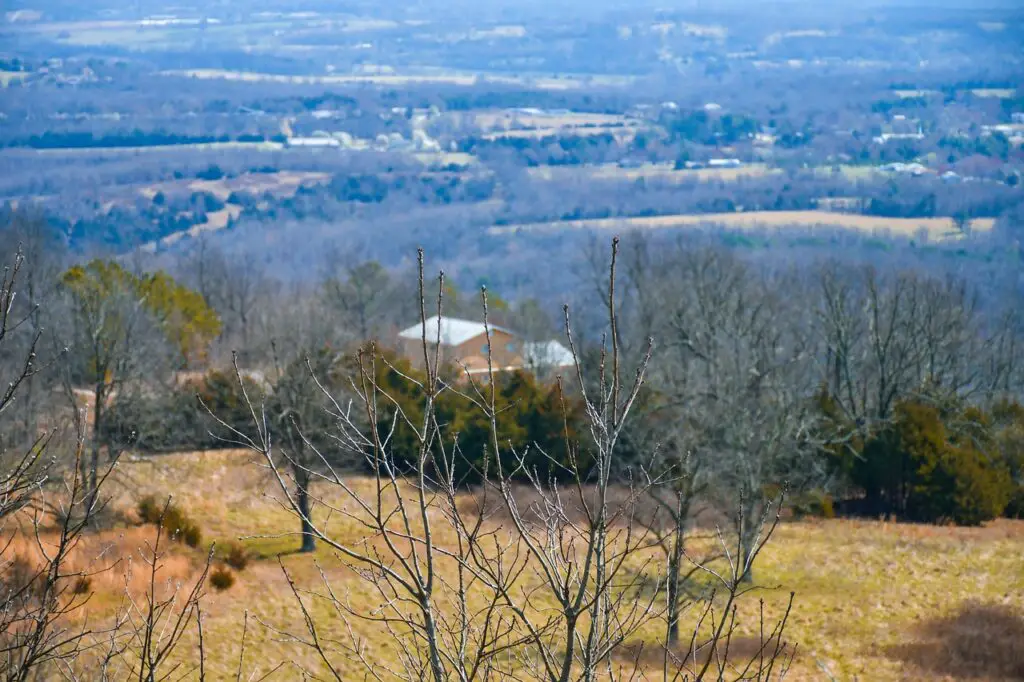
Fayetteville, Arkansas, is a vibrant college town with a deep historical connection and a growing arts scene. The town, tucked into the Ozark Mountains, is home to rich forests and clear streams, and it has long been a place where people can enjoy a rural, timeless atmosphere. However, the wildlife in and around Fayetteville is under threat due to rapid urbanization. Species like the Ozark mountain quail, bobcats, and river otters, which have long thrived in the region, are being pushed into smaller, more fragmented habitats as development expands. The natural areas that make Fayetteville unique are slowly being replaced with new housing developments, shopping centers, and roads.
While Fayetteville works to maintain its historic charm, its wildlife is facing increasing challenges. The town’s growing population and demand for land are putting pressure on the ecosystems that local wildlife depend on. Conservation efforts have been made, but they often struggle to keep pace with the speed of development. As Fayetteville becomes more modernized, it faces the difficult task of preserving its natural environment while meeting the needs of a growing, more urban population. Without more concerted action to protect the local wildlife, Fayetteville could lose the very wilderness that has defined it for generations.


